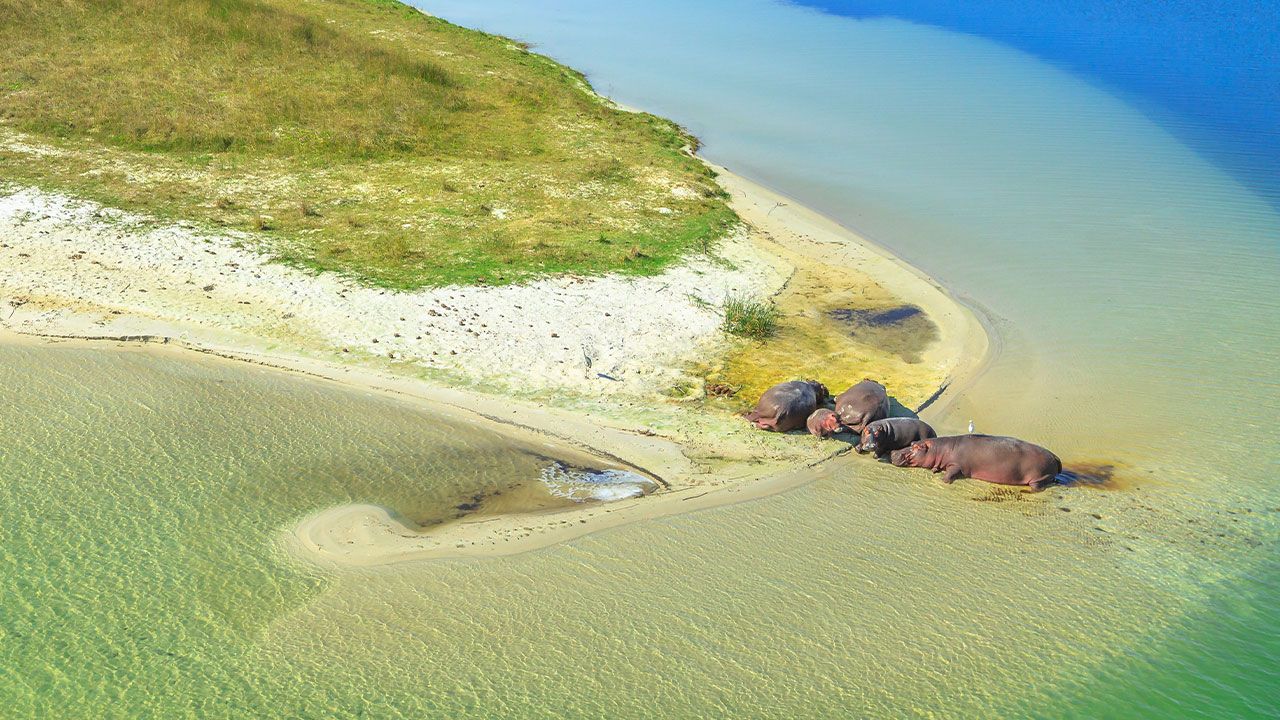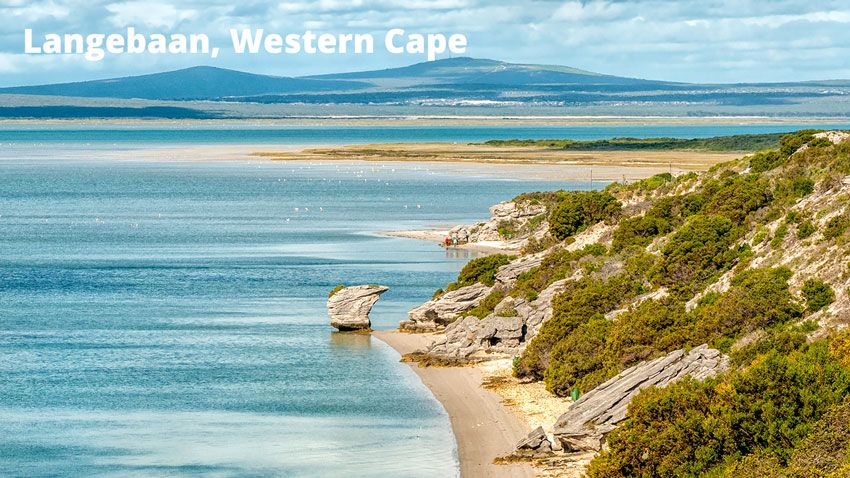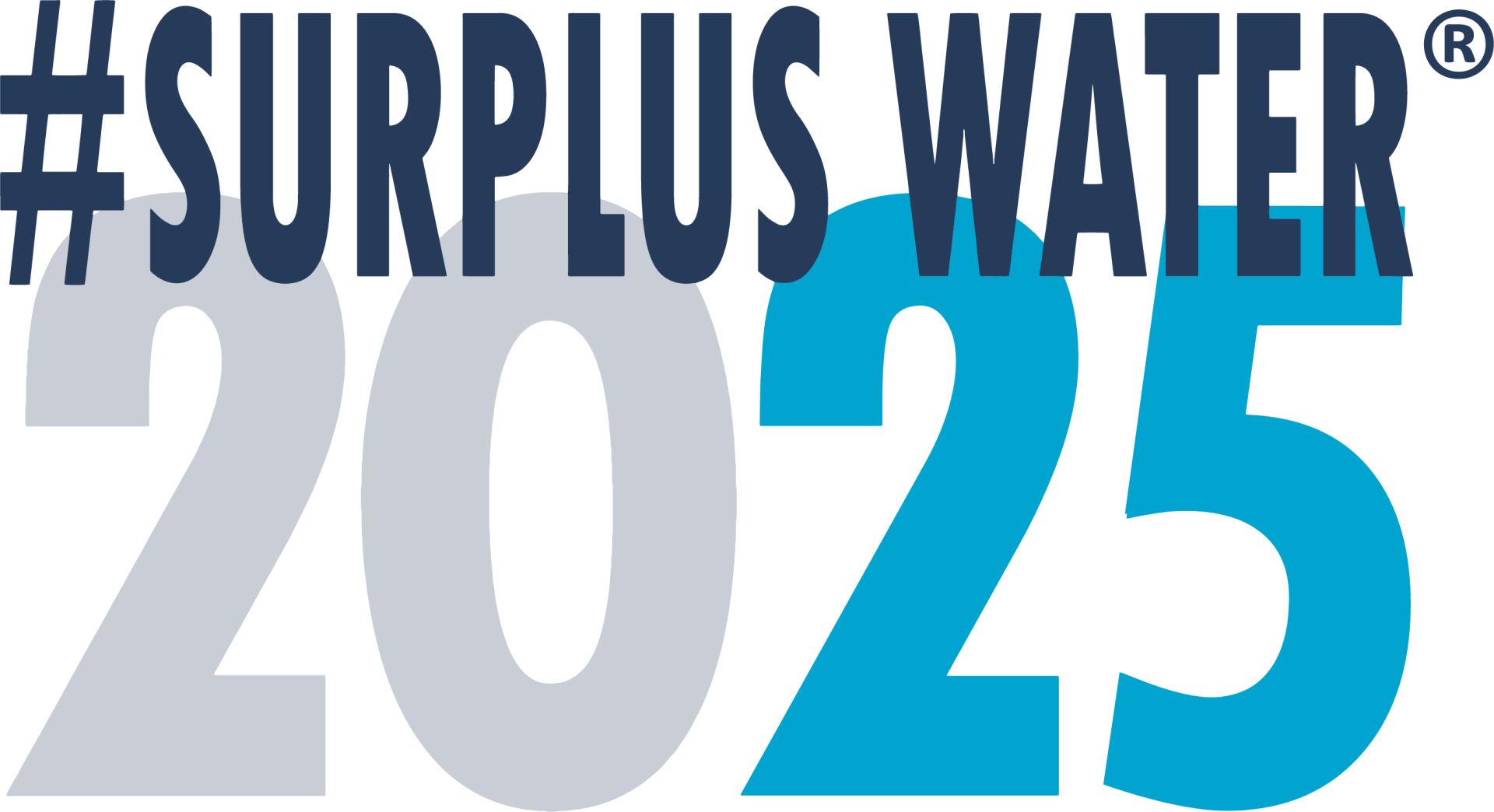South African Wetlands of International Importance
Feb 26
/
Aldert Brink

As part of our Focus on Freshwater series, we are taking a closer look at the Wetlands of South Africa.
The world recently celebrated World Wetlands Day, a day dedicated to raising awareness about the vital role wetlands play in our environment. February 2nd marked World Wetlands Day. World Wetlands Day has been celebrated since 1997, but it is not where it all started. The reason for using this day on the yearly calendar marks the signing of an intergovernmental treaty on 2 February 1971 at a convention devoted to wetlands held in the Iranian city of Ramsar. With 172 countries currently participating, the convention stands as a beacon of global commitment to preserving these vital ecosystems. It’s an agreement that provides a framework for national action and international cooperation for the conservation and wise use of wetlands and their resources.
“The Convention uses a broad definition of wetlands. It includes all lakes and rivers, underground aquifers, swamps and marshes, wet grasslands, peatlands, oases, estuaries, deltas and tidal flats, mangroves and other coastal areas, coral reefs, and all human-made sites such as fish ponds, rice paddies, reservoirs and salt pans.”
The names of 2512 Ramsar sites of International importance, with a total area of almost 2,6 million hectares appears on The List of Wetlands of International Importance. The List is regularly updated (newest update 12 February 2024). Wetlands included in the List are internationally recognised as being of significant value not only for the countries in which they are located, but for humanity as a whole.
South Africa has a total area of 574,028ha of Ramsar sites spread over 30 sites of which the latest site, De Berg Nature Reserve near Dullstroom in Mpumalanga, were added on World Wetlands Day this year. Barberspan (North West Province) and De Hoop Vlei (Western Cape) were the first wetlands to get on the Ramsar list in 1975, the same year the Ramsar agreement came into effect. The famous St Lucia Wetlands System (Kwazulu-Natal) is the second largest on the list in South Africa and one of the oldest listings (since 1986) in the country. The recognised wetlands in Kwazulu-Natal (KZN) boasts an area of around 480,000ha when combining its 9 sites. This makes KZN the province with the biggest total area of Ramsar sites with almost 85% of the total area of South African Ramsar wetlands of international importance. The Western Cape is the province with the most Ramsar sites (11 sites) and home to the southernmost wetlands of international importance namely the sub-Antarctic located Prince Edward Islands (46°52'S 037°46'E). The only listed site in Gauteng, and one of the first 5 sites listed (1986), is Blesbokspruit near Springs in the East Rand.
The Montreux Record - a register of wetland sites in need of priority conservation attention
Unfortunately Blesbokspruit has been on the Montreux Record since May 1996 in response to contamination by large quantities of polluted water discharged from adjacent mines. The Montreux Record (MR) is a register of Ramsar Sites where, as a result of technological developments, pollution or other human interference changes in ecological character have occurred, are occurring or are likely to occur. Blesbokspruit is currently one of 2 MR sites in South Africa, 8 in Africa and 46 globally, with the Orange River Mouth being the other South African Ramsar MR site. The St. Lucia wetlands system is a delicate MR success story. Being threatened by large-scale mining for heavy metals, St. Lucia wetlands was placed on the MR on 4 July 1990, and removed from record on 11 March 1996. Unfortunately the iSimangaliso Wetlands Park (of which St Lucia forms a large part) is still facing threats today that need to be mitigated and managed.
South Africa's featured Wetlands
1975 - Barberspan, North West
1975 - De Hoop Vlei, Western Cape
1986 - Blesbokspruit (MR), Gauteng
1986 - St. Lucia System, KwaZulu-Natal
1986 - De Mond, Western Cape
1988 - Langebaan, Western Cape
1991 - Kosi Bay, KwaZulu-Natal
1991 - Lake Sibaya, KwaZulu-Natal
1991 - Orange River Mouth (MR), Northern Cape
1911 - Verlorenvlei, Western Cape
1991 - Wilderness Lakes, Western Cape
1997 - Seekoeivlei Nature Reserve, Free State
1997 - Natal Drakensberg Park, KwaZulu-Natal
1997 - Ndumo Game Reserve, KwaZulu-Natal
1998 - Nylsvley Nature Reserve, Limpopo
2001 - Turtle Beaches/Coral Reefs of Tongaland, KwaZulu-Natal
2001 - Verloren Valei Nature Reserve, Mpumalanga
2007 - Makuleke Wetlands, Limpopo
2007 - Prince Edward Islands, Western Cape
2010 - Ntsikeni Nature Reserve, KwaZulu-Natal
2013 - uMgeni Vlei Nature Reserve, KwaZulu-Natal
2015 - False Bay Nature Reserve, Western Cape
2017 - Bot-Kleinmond Estuarine System, Western Cape
2019 - Kgaswane Mountain Reserve, North West
2019 - Dassen Island Nature Reserve, Western Cape
2019 - Dyer- and Geyser Island Provincial Nature Reserves, Western Cape
2021 - Ingula Nature Reserve, KwaZulu-Natal/Free State
2022 - Berg Estuary, Western Cape
2023 - Middelpunt Nature Reserve, Mpumalanga
2024 - De Berg Nature Reserve, Mpumalanga

Write your awesome label here.
Write your awesome label here.
South Africa boasts a diverse range of Ramsar sites, each playing a crucial role in the country's ecological health. However, our wetlands are under threat. As we celebrate their importance, it's crucial to remember the ongoing need for their conservation. By understanding these ecosystems and the threats they face, we can work together to ensure their continued health and the well-being of the communities and species that depend on them. Do you know the story behind the Wetland closest to you?
Sources and additional reading:
Empty space, drag to resize
Join the conversation
Follow us on Facebook or Instagram for more Stories of Water.
Empty space, drag to resize
Who we are
A community of water warriors, working together to raise water awareness, saving every drop and together, aiming for surplus water in South Africa.
Get in touch
-
South Africa, Earth :)
-
droppie@surpluswater2025.com
#SurplusWater2025 Copyright © 2025
